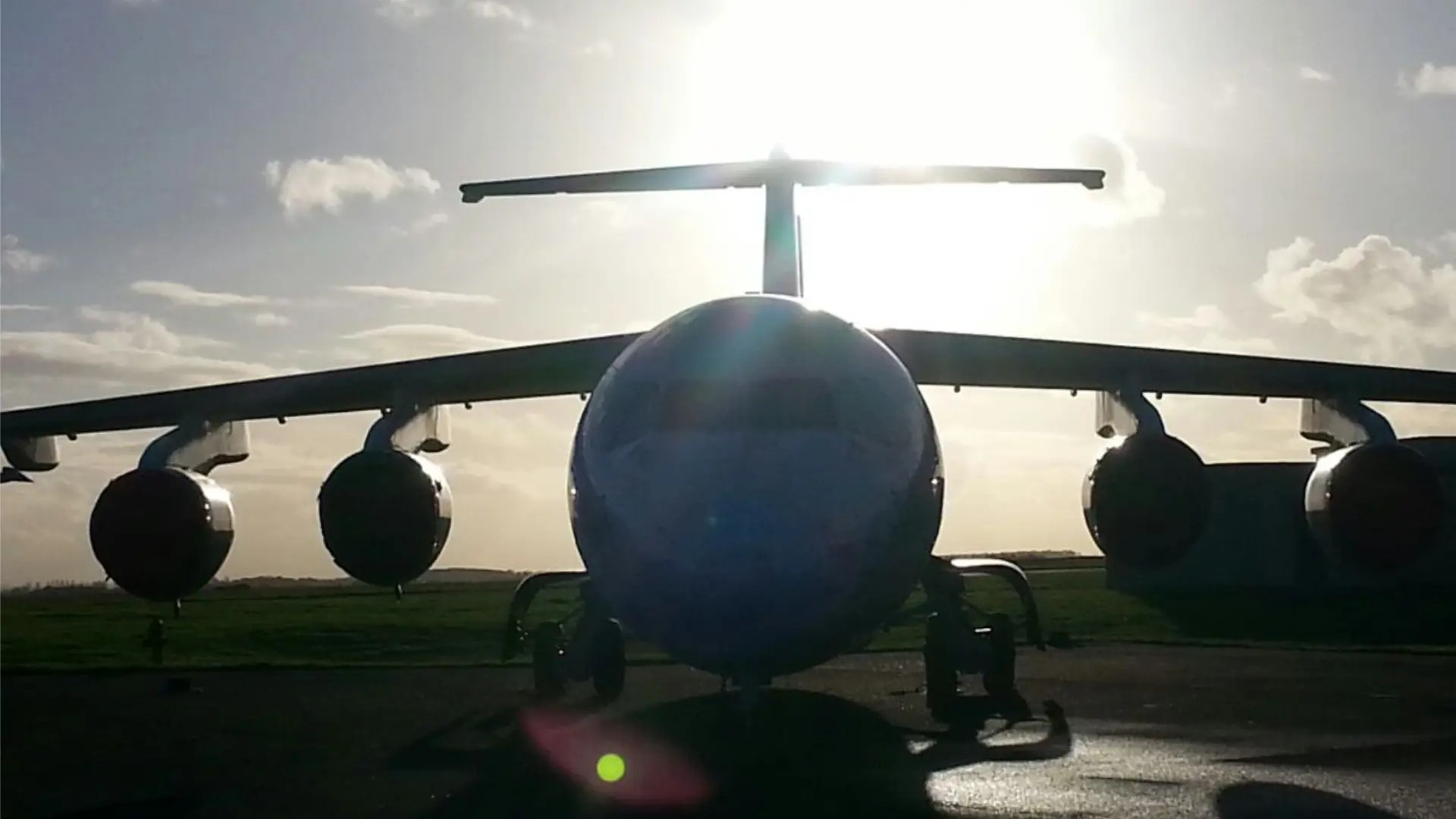Airships, Airplanes, Helicopters and Drones have one thing in common. They are all aircraft with very different systems working together to make them fly and operate under specific conditions. Comprehending all these systems as well as all the terminology and legal regulations involved in their design, operation and maintenance play a pivotal role in advancing aircraft designs of the future.
This course will introduce you to the essential knowledge to be able to navigate the complexities of the aircraft systems operations, from drones to commercial airliners and to be prepared for careers in the aviation industry.

General information
The Course in Aircraft Systems and Airworthiness offers a comprehensive exploration of various aviation-related subjects. The curriculum encompasses a broad spectrum of topics, including:
1. Aircraft systems: introduction to power and control systems of a wide range of aircraft providing the basic understandings of propulsion, avionics, and navigation.
2. Regulatory compliance: basic examinations of the legal regulations that govern the aviation industry, including airworthiness standards and safety protocols.
3. Aircraft numbering system (ATA 100): this section dives into the ATA 100, a standardized numbering system used in the aviation industry to categorize and reference aircraft systems and components. Understanding this system is crucial for efficient communication and maintenance in the field.
4. Aircraft workshop environments: exploring the tools and equipment used in the aviation maintenance field, students will gain hands-on experience and practical knowledge about aircraft maintenance and repair processes.
5. Maintenance and safety: comprehensive insights into aircraft maintenance practices, ensuring airworthiness and operational safety.
6. Emerging technologies: brief overview of cutting-edge technologies shaping the future of aviation, from electric propulsion systems to advanced materials.
The course ensures a balanced approach, combining theoretical and practical learning, along with field trips to renowned locations like the Air Museum and the SAS Engineering hangar at Copenhagen Airport (TBC). These experiences offer a practical dimension to the course, allowing students to witness real-world aviation operations and further enrich their understanding of aircraft systems and airworthiness.
Prerequisites
The course is open to all PhD, Masters, and late-stage (3rd year or later) undergraduates at Chalmers. The course has no specific prerequisites, but a background in engineering, industrial management, physics, or industrial design is advantageous.
How to apply
Apply to all Tracks courses at universityadmissions.se/antagning.se.
At universityadmissions.se/antagning.se: Search for the course you are interested in by using the course code starting with TRA.
Read more here.
Please add a short motivation letter to your application.
Details
Teacher (s): Patxi D. R. Acero, Arion Pons, Lars Wahlberg, Robert Ward
Course dates: Study period 3-4, 2026
Credits: 7.5
Level: Advanced
Course code: TRA390
Application deadline: